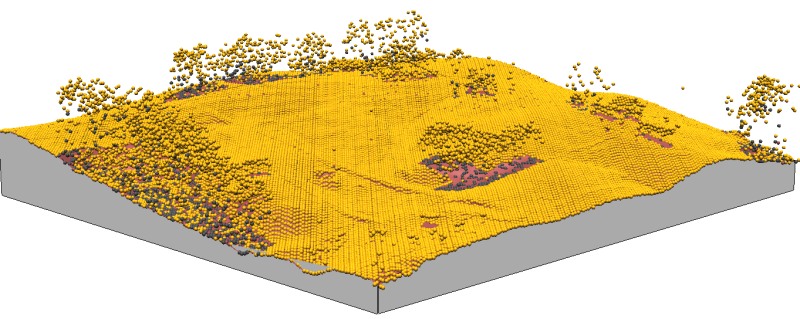

Vector Data Rather than working with a matrix of cells, vector data stores basic geometries (made up of one or more interconnected vertices), with three key types: Points - single vertex, e.g. Using a temperature raster as an example, when you group values from as 0 and as 1, you are turning it into a discrete raster. Raster data can be added as a basemap within the CARTO platform which by default uses vector graphics for map rendering.
#Raster data model and vector data model how to
If you want to learn how to vectorize a continuous raster, this will take a bit of effort to reclassify cells essentially grouping them into discrete forms. In a nutshell, this tool digitizes the raster for you to convert it to a vector. After clicking “Run”, the vectorized raster will appear in the table of contents.Īs a reminder, vectorization creates all the necessary vertices and paths as shown with the building outlines. theraster data modelandthe vector data model.Figure3.1shows the representation of the spatial data in a raster (greypixels in thegrid of cells) and vector (blackpoints, lines and polygon) formats. From here, you’ll have to select the output of the raster to a point, line or polygon. In GIS, the geometric data is representedby two major model types, i.e. Further to this, other providers like GRASS GIS, SAGA GIS, and Orfeo toolbox brings additional firepower to the table.ĭouble-click the tool and select the raster that you want to convert to vector. QGIS comes loaded with algorithms and plugins for you. Here’s what the raster buildings look like in the table of contents:

When we have a raster data set like our buildings layer, it’s a matter of adding it to QGIS. Let’s go in reverse this time and take a discrete raster and convert it to a vector.


 0 kommentar(er)
0 kommentar(er)
